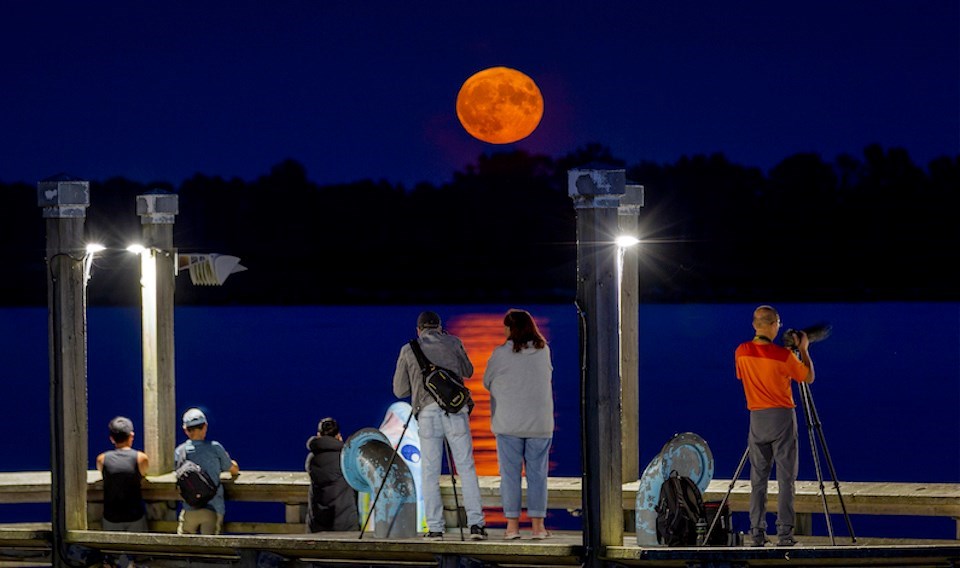Moon-bathers will have a rare treat to enjoy on a warm July night this year.
July's full moon, commonly known as the full "buck" moon, is one of four supermoons that will rise in Metro Â鶹´«Ã½Ó³»this year. However, it will appear the largest and brightest of them.
A supermoon refers to a full moon that looks roughly 15 per cent brighter and seven per cent bigger than a regular one due to its proximity to Earth.
notes that astronomers usually refer to supermoons as perigean full moons — a term that simply refers to the moon being "near earth."
Interestingly, last July's full lunar offering was also considered a supermoon. There are typically only three or four of them annually. Locals shared photos of the luminous celestial body on social media.
The moon will be at its on July 3 at 4:38 a.m., according to timeanddate.com.
Why is it called a full "buck" moon?
Named after the time of year when young bucks begin to grow new antlers from their foreheads, the July full moon "marks a time of renewal," according to the . But it has also been known by several other names, including the "Thunder Moon," due to the abundant thunderstorms during this month.
The Almanac notes that Native peoples would give distinctive names to each reoccurring full moon to mark the change of seasons. Some of the names, translated directly into English, mean the "Ripe Corn Moon” by the Cherokee, "Middle of Summer Moon" by the Ponca, and “Moon When Limbs of Trees Are Broken by Fruit” by the Zuni.
Environment Canada is calling for above-average temperatures to continue through the summer and below-normal precipitation for July and August. This means there's a high likelihood that the full moon will take place on a dry, warm night.
Have a look at Environment Canada's complete Metro Â鶹´«Ã½Ó³»weather forecast for summer 2023.



